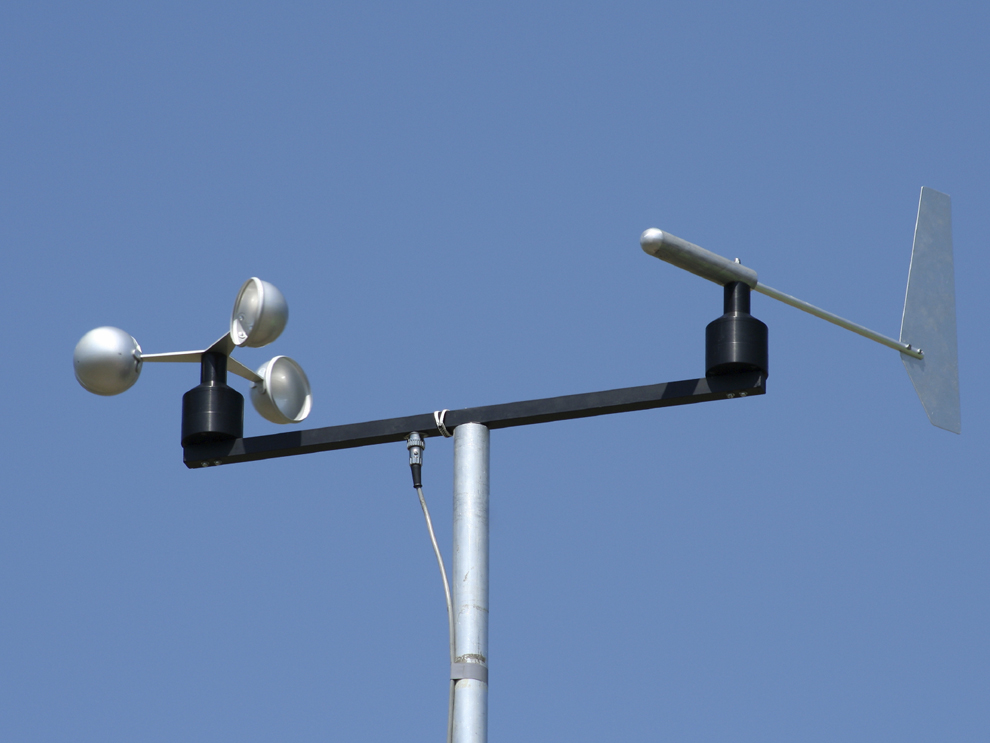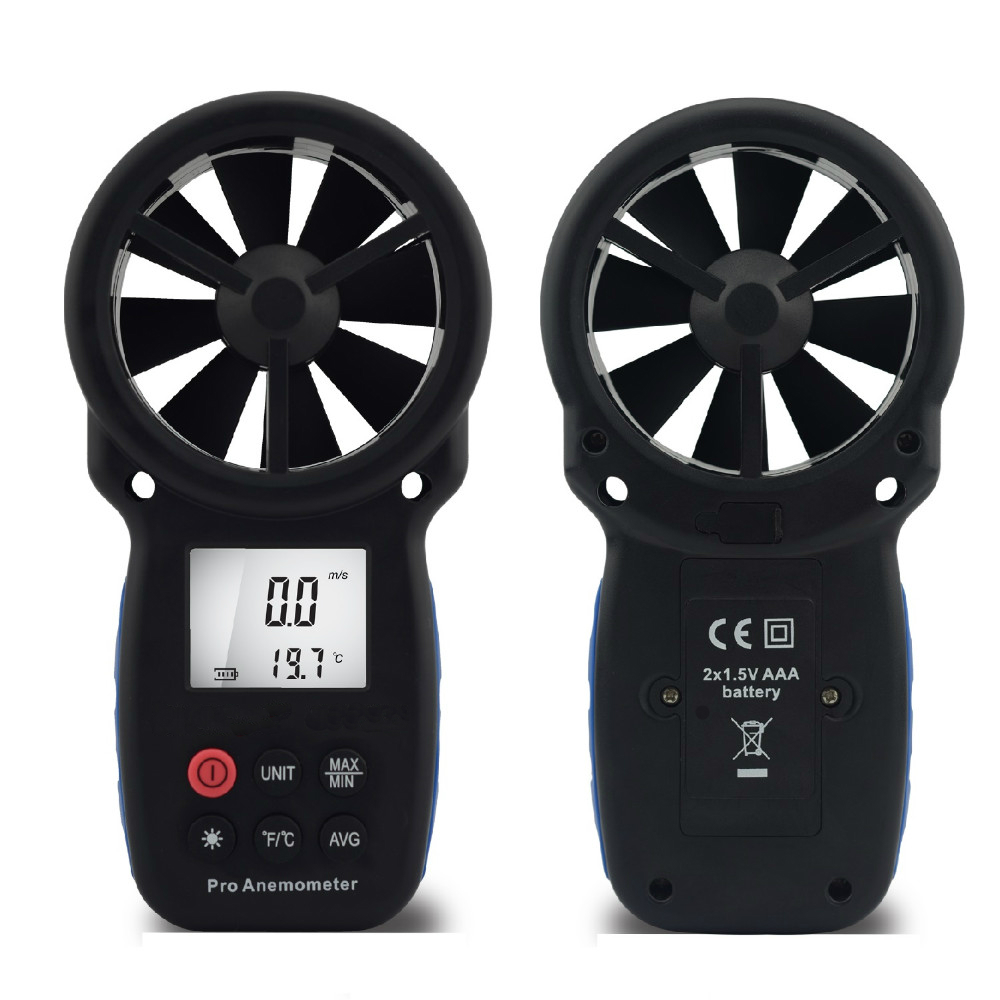Anemometer Innovations: The Most Recent Innovation for Wind Rate Dimension
Wiki Article
Anemometers Introduced: Comprehending Their Relevance in Ecological Tracking and Precaution
The duty of anemometers in ecological monitoring and security steps is commonly undervalued, yet their importance is obvious. From meteorology to aeronautics security, anemometers play a crucial function in providing precise information that notifies decision-making procedures and enhances general safety.History of Anemometers
The evolution of anemometers can be traced back to the ancient civilizations where simple wind gauging devices were first used. One of the earliest recognized anemometers was the hemispherical mug anemometer designed by Leon Battista Alberti in the 15th century.In the 18th century, the popular scientist John Thomas Romney Robinson presented the Robinson anemometer, which featured four hemispherical mugs installed on horizontal arms that prolonged from a main axis. This style became a criterion in meteorological dimensions because of its precision and reliability. Throughout the years, advancements in technology resulted in the advancement of even more modern-day anemometers, consisting of ultrasonic anemometers and laser Doppler anemometers, offering increased precision and effectiveness in determining wind speed and direction. The history of anemometers showcases an exceptional trip of innovation and progress in the field of weather forecasting.
Kinds Of Anemometers
Throughout the area of meteorology, numerous types of anemometers have been created to accurately gauge wind speed and instructions. Sonic anemometers use ultrasonic signals to determine wind speed and direction precisely. Hot-wire anemometers operate based on the principle that the cooling result of wind on a heated cable is symmetrical to the wind speed.Applications in Weather Forecasting
Having gone over the numerous kinds of anemometers used in weather forecasting for measuring wind speed and direction, it is important to discover their useful applications in the area. Anemometers play a crucial role in meteorology by providing accurate and real-time information on wind problems (anemometer). Meteorologists utilize anemometers to keep an eye on wind rate and instructions to forecast weather patterns, issue warnings for extreme climate occasions like hurricanes, storms, and tornados, and evaluate atmospheric conditions for aviation safetyIn meteorology, anemometers aid in understanding local and regional wind patterns, which are important for predicting weather changes and figuring out weather patterns. These tools are likewise utilized in research to research microclimates, metropolitan heat islands, and air contamination dispersion. Additionally, anemometers are used in agriculture to optimize plant administration practices, such as watering and pesticide application, based upon wind conditions.
Importance in Aeronautics Security
An essential facet of making sure air travel safety and security hinges on the careful monitoring of wind problems using anemometers. Anemometers play an essential duty in aviation by supplying real-time data on wind speed and instructions, you can check here aiding pilots in making educated decisions during liftoff, flight, and touchdown. Uncertain and strong winds can substantially impact aircraft operations, making it essential for air travel authorities to count on accurate wind measurements to make certain the security of guests and staff.
In the vibrant environment of aeronautics, where even small modifications in wind speed and instructions can have extensive impacts, anemometers stand as important devices for promoting secure and protected flight.
Function in Environmental Study
Anemometers play a vital duty in environmental research study by supplying crucial information on wind rate and instructions. By properly gauging wind characteristics, anemometers help researchers analyze the movement of pollutants in the air, evaluate the impact of industrial exhausts, and anticipate the spread of pollutants in the atmosphere.

Final Thought
To conclude, anemometers have played a vital function in environmental monitoring and precaution. With a rich history and various types readily available, these tools have actually been commonly utilized in meteorology, aviation safety and security, and ecological research study. Comprehending the importance of anemometers is vital for precisely measuring wind speed and instructions, which is crucial for anticipating official statement weather patterns, ensuring secure air travel operations, like this and performing ecological studies - anemometer. Their payments to these fields can not be ignored.One of the earliest known anemometers was the hemispherical mug anemometer invented by Leon Battista Alberti in the 15th century. Over the years, advancements in innovation led to the development of more modern-day anemometers, including ultrasonic anemometers and laser Doppler anemometers, using increased accuracy and performance in gauging wind speed and direction. Hot-wire anemometers run based on the principle that the cooling result of wind on a heated cable is symmetrical to the wind speed. Meteorologists utilize anemometers to keep track of wind rate and direction to forecast climate patterns, problem cautions for extreme weather events like tornadoes, typhoons, and tornados, and examine climatic problems for aviation security.
Recognizing the significance of anemometers is vital for properly gauging wind speed and direction, which is crucial for forecasting weather patterns, making sure secure aviation operations, and carrying out ecological researches. (anemometer)
Report this wiki page